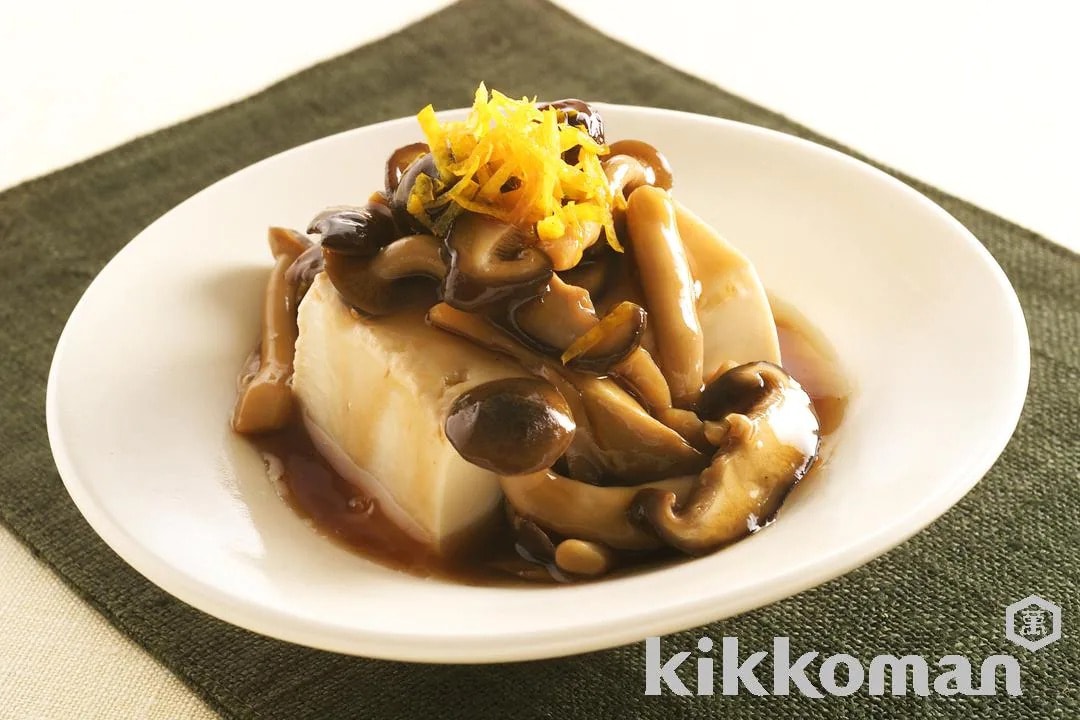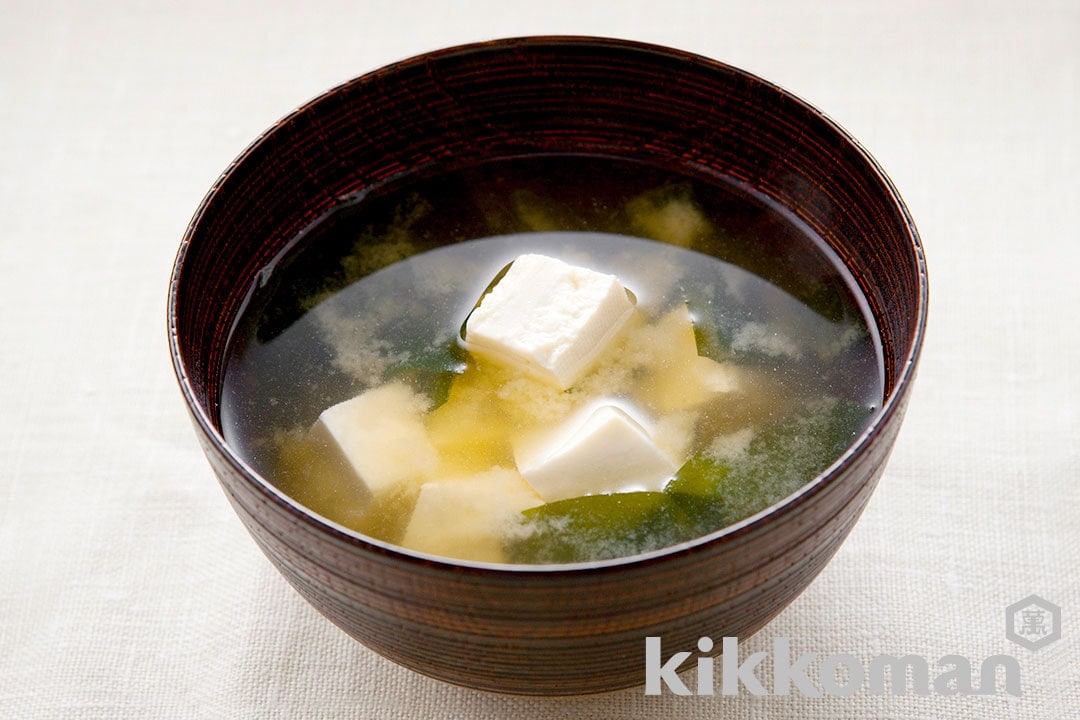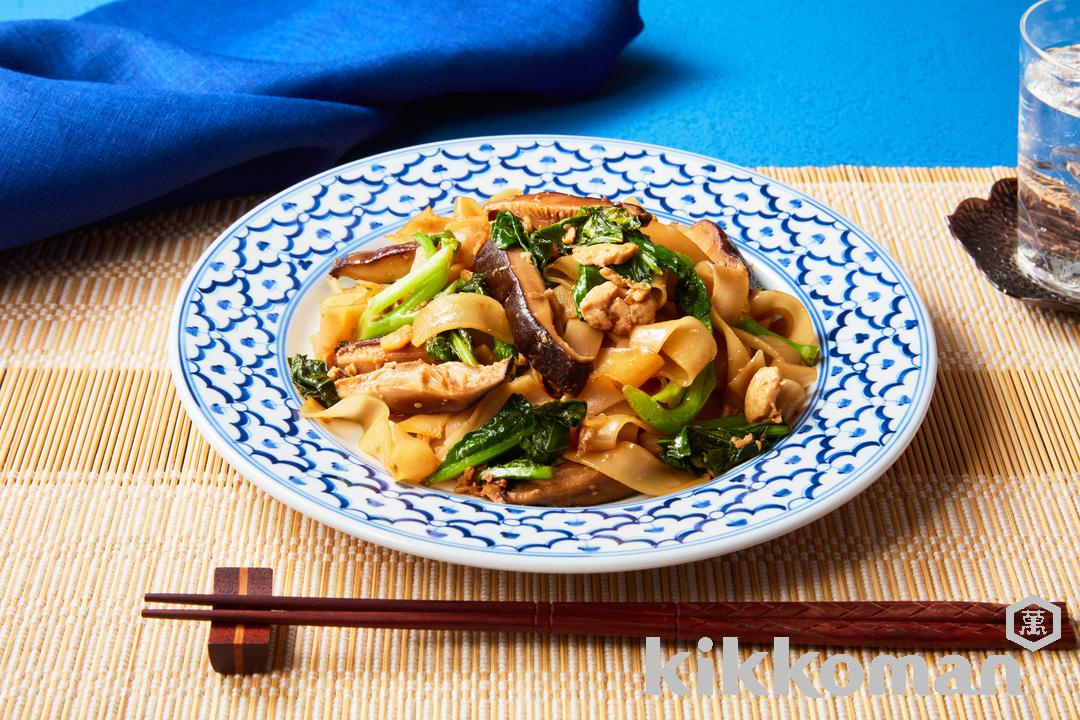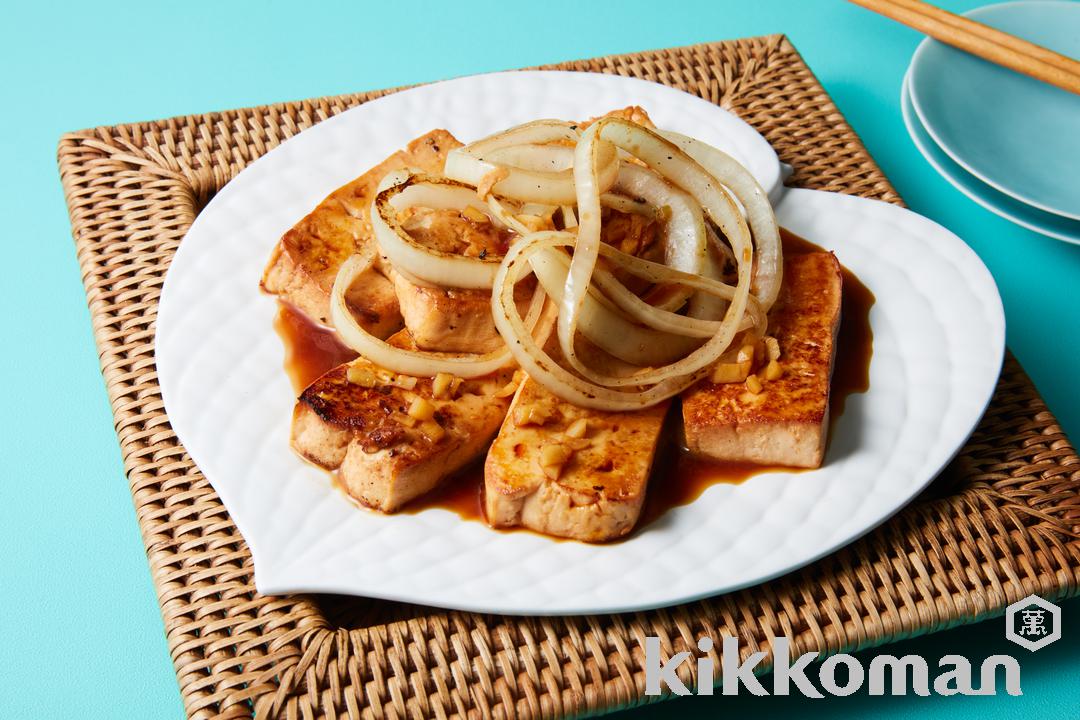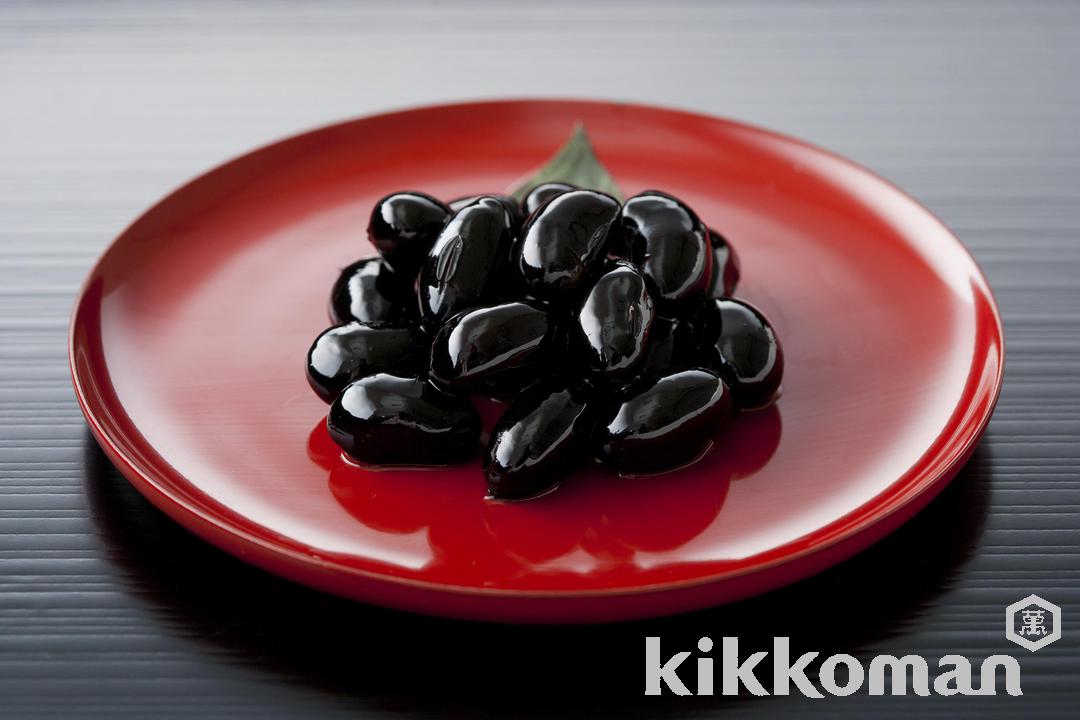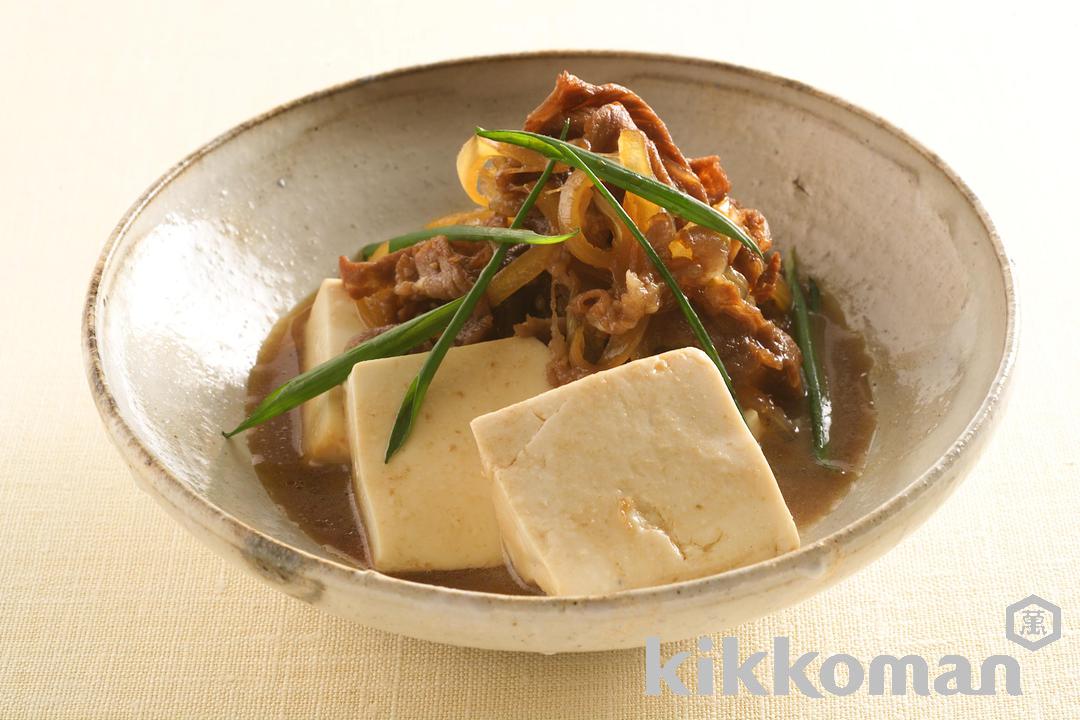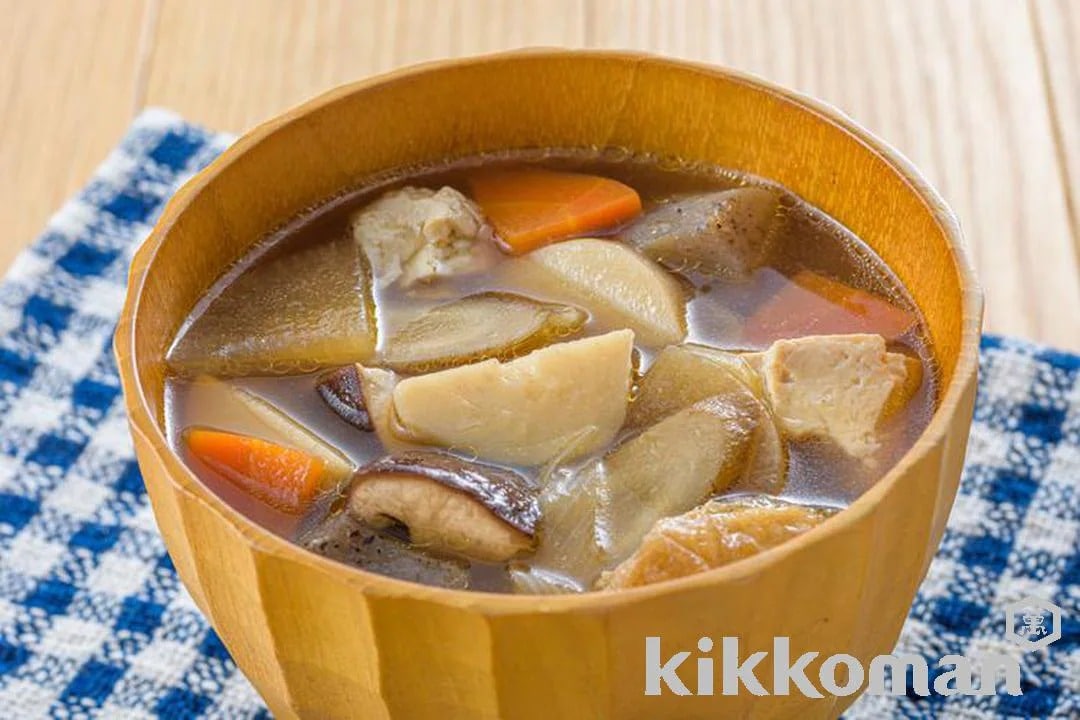
This traditional soup uses soy sauce to bring out the natural flavor of its ingredients.



- Nutrition facts are for one serving.
Ingredients(Servings: 4)
Directions
-
Gently drain the tofu, place inside of a clean dishcloth and roughly smash apart or tear apart with your hands.
-
Slice the daikon radish and carrot into half-circles. Remove hard stems from the shiitake mushrooms and cut these into quarters. Thinly slice up the burdock root diagonally and place in water. Peel the taro, slice into rounds, then rub with salt (extra) to remove some of the sliminess and then rinse off.
-
Tear the yam cake into bite-size pieces and boil. Pour boiling water on the deep-fried tofu to remove some of the oil, then julienne into thin strips.
-
Heat the sesame oil in a pot; saute (2) and (3).
-
Pour in the bonito soup stock and simmer for 20 minutes, skimming off any scum that forms periodically. Add in the tofu, and then season with (A).
Cooking Basics

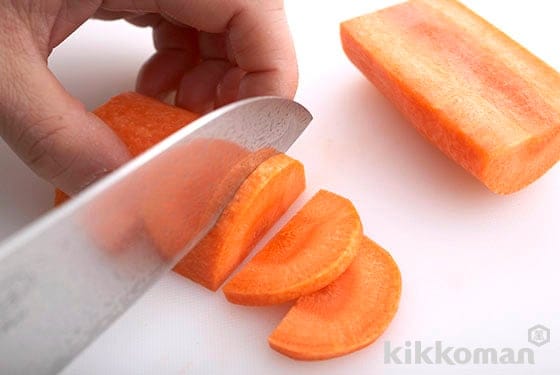
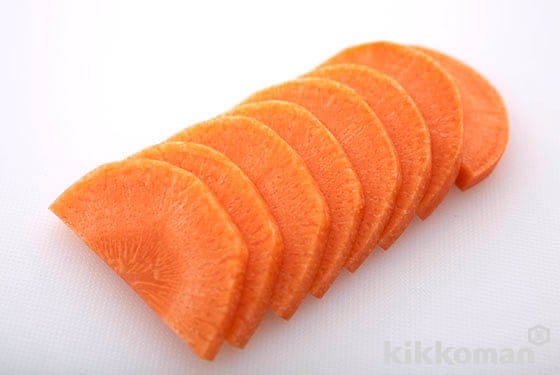
Peel the skin of the carrot. Then remove the stem, cut in half vertically, and slice cut-side down at consistent widths from end to end.
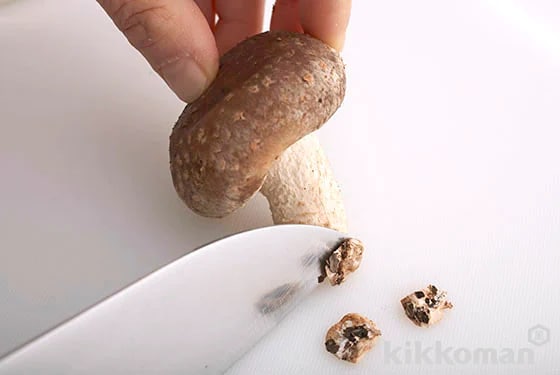
The hard base, called "ishizuki" in Japanese, is the blackish tip at the end of the stem. Use a knife to cut or scrape off this portion.

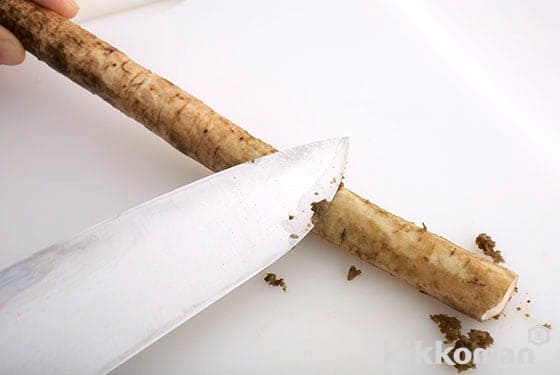
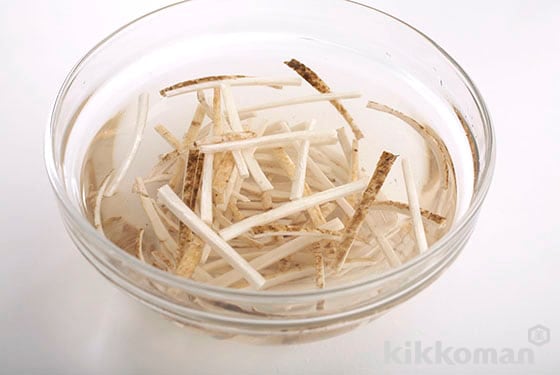
Since the flavor of this root vegetable is located between the skin and the root itself, peel off the skin as thinly as possible. For recently picked and fresh roots in soil, a quick scrub with a natural bristle scrubber or vegetable brush is sufficient. For older roots that have become hard, scrape with the back of a kitchen knife to remove the skin. Burdock root has a high lye content. Cut and soak in water for about 5 to 10 minutes to remove excess lye. However if soaked for too long or if the water is replaced, the flavor also will seep out.
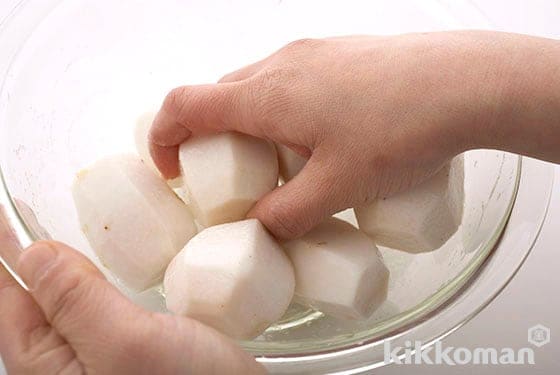
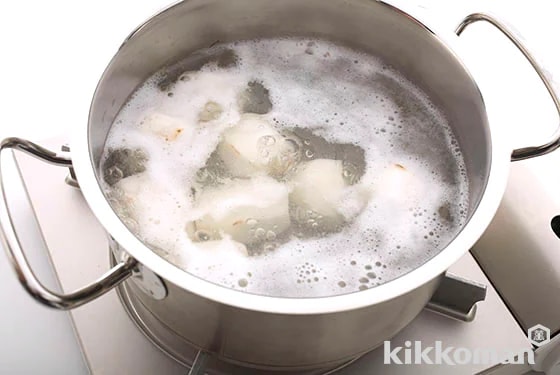
When satoimo are boiled or simmered, they becomes slimy and broth becomes murky and thick, so sprinkle on salt and rub all over before cooking satoimo. The recommended amount of salt is about 2 Tbsp per 5 to 6 satoimo. Place these into a pot, add plenty of water, and cook over high heat until bubbles begin to form. Rinse quickly in water to remove the sliminess. You can use this method to prepare dashi-flavored simmered dishes having clear, light broth.
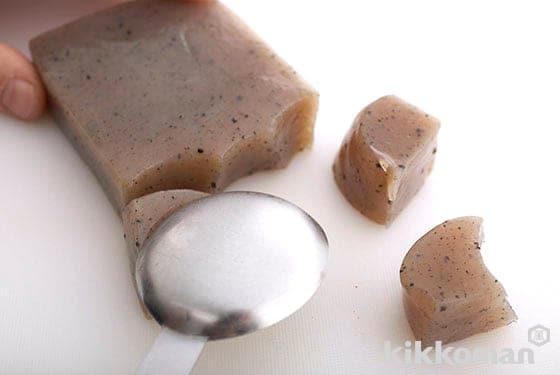
Using a spoon to cut will result in a surface that is coarser than one cut using a knife, so flavor will be absorbed easier. You can also use your fingers to tear into bite-size chunks.
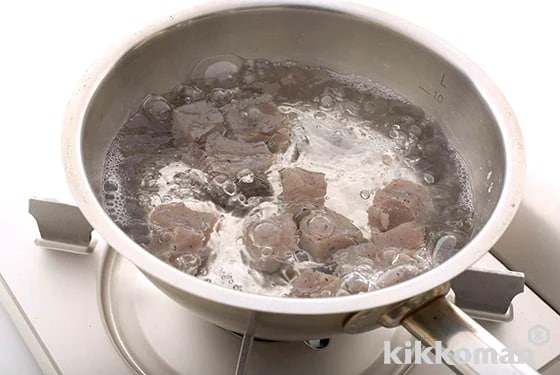
If you quickly place the yam cake into boiling water (parboil) the distinct odor of the yam cake will be removed, flavor and seasonings will be soaked up easier, and the rubbery texture will be refreshed. The appropriate boiling time is for 2 to 3 minutes in water that is at a rolling boil. Avoid over-boiling as this will result in hard yam cake.

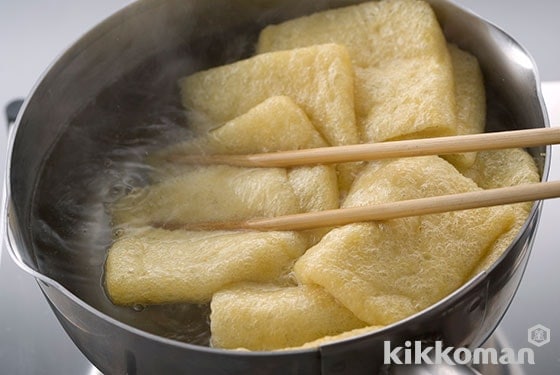
Since these days high-quality cooking oils are used for deep-frying, it is not always necessary to remove excess oil. However, remove excess oil if there is an odor, and when you want the tofu to thoroughly soak up flavor. For quickly simmered dishes, place the deep-fried tofu into a strainer and pour boiled water all over it. For inari sushi (sometimes called inarizushi, stuffed fried tofu pouches) and simmered dishes with deep flavor, place the deep-fried tofu into boiling water and allow to boil for about 5 minutes before using.

Post your creation!
Kikkoman Global (@kikkoman_global)
is posting Kikkoman Recipes.
If you made this recipe, please post it with the hashtag #KikkomanLife
We love to see your creations on Instagram!







